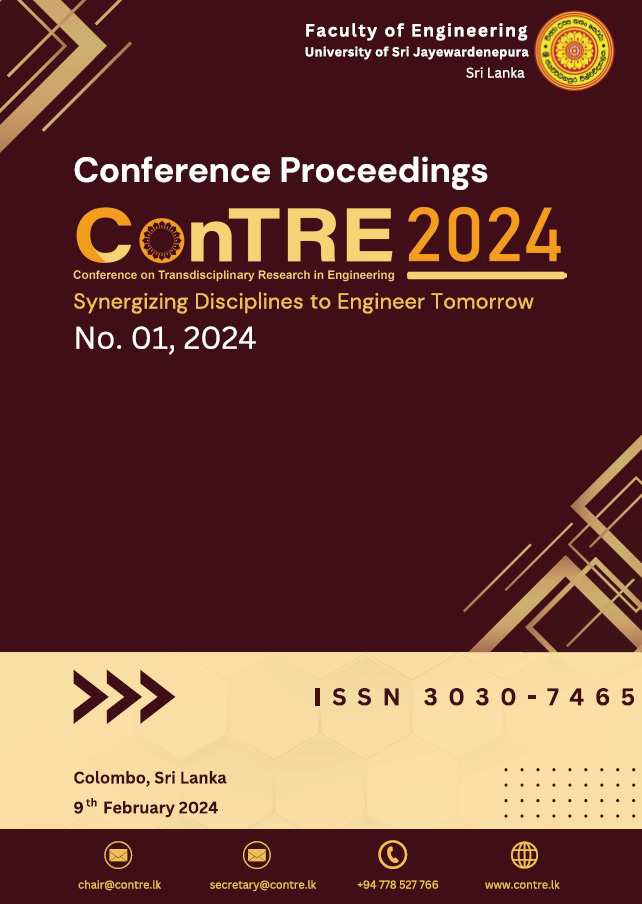Fabrication and characterization of mycelium-based composites from Lentinus squarrosulus and Pleurotus ostreatus with improved physico-mechanical properties for versatile applications
DOI:
https://doi.org/10.31357/contre.v1i1.7393Keywords:
biodegradable, biocomposites, fungi, mycelium, synthetic materialsAbstract
This study explores the potential of fungal mycelium-based plate-like composites as sustainable and cost-effective alternatives for synthetic materials. Locally available lignocellulosic waste and fungi isolated locally were used to fabricate mycelium composites. The medium primarily consists of Albizia sawdust and the fungi Lentinus squarrosulus and Pleurotus ostreatus were used. All the composites identified here were subjected to analyses based on scanning electron microscopy, moisture content, dry density, water absorption, flammability, thermal stability, and compression strength following ASTM and ISO standards. The mycelium plates produced with L. squarrosulus mycelium (ASL) exhibited lower dry density and less water absorption. The ASL mycelium plates exhibited a soft and foamy appearance, whereas the P. ostreatus material (ASP) appeared dense mycelium growth only in the top and bottom parts of the plate. The UL-94 rating demonstrated that both samples exhibited superior flame retardancy properties (rated as V1) compared to commercially used expanded polystyrene (EPS). These variations were due to the difference between mycelium density. Therefore, these new bio-composites have the potential to replace conventional packaging or interior construction materials.


